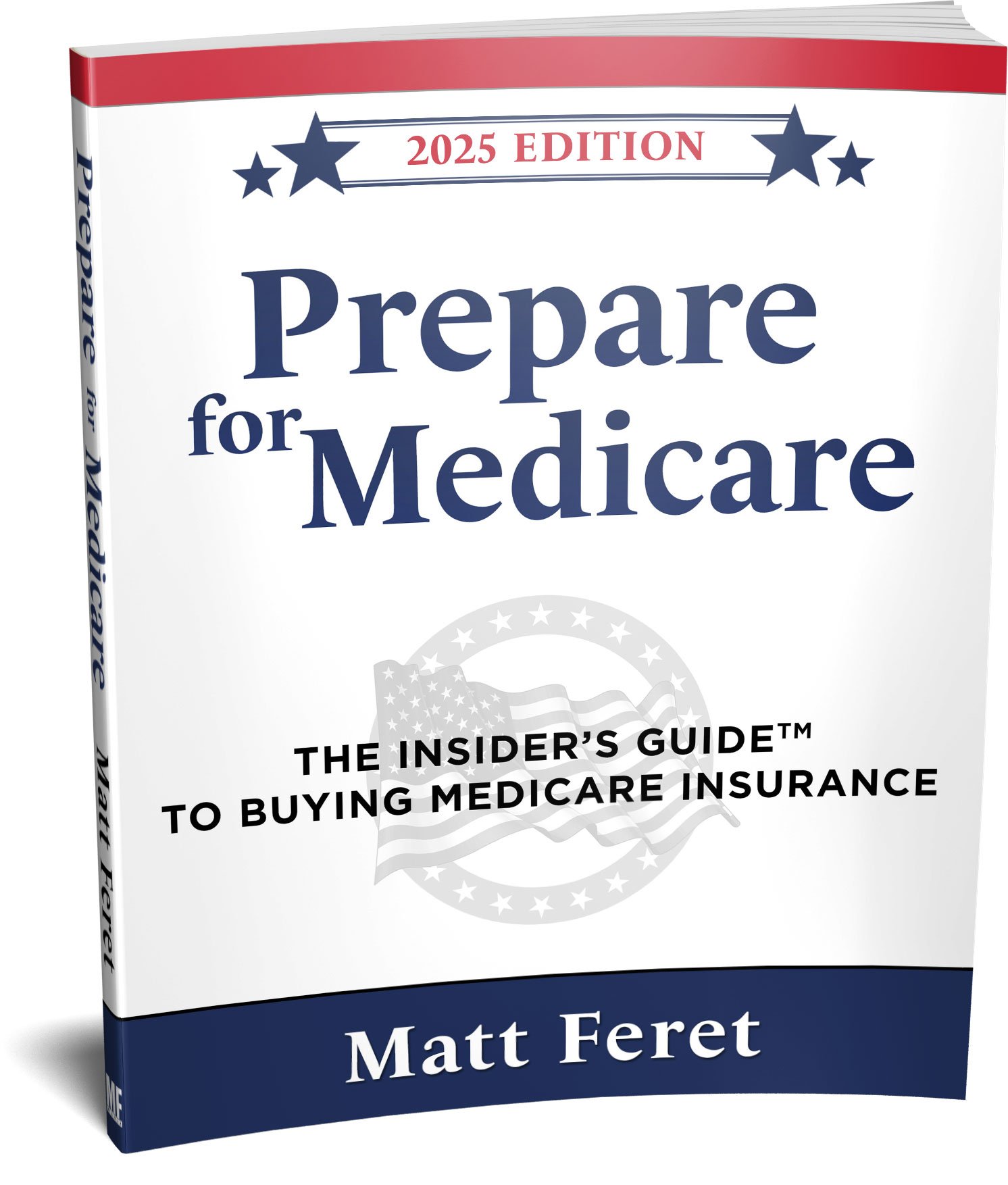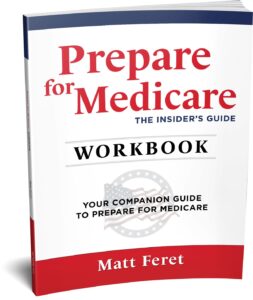Hi Matt,
I’ve heard that there are benefit phases to the Medicare Part D Prescription coverage plan. Can you elaborate on what these phases are in 2023 and what they cover? Thank you!
Helen B.
Hello Helen!
There are four benefit phases of every “standard” Medicare Part D Prescription Drug Plan, which is reset every year on January 1. This isn’t something you can pick or change; it’s what the federal government decided was the way these would work. However, Medicare insurance companies can offer better benefits than just the standard plans, and many do. For example, many plans for sale eliminate the deductible in Phase 1 but still follow this four-phase approach.
Will I Pay the Same Amount for My Prescriptions Every Year?
A byproduct of this four-phase approach is that very likely; you won’t pay the same amount for the same prescription at the pharmacy for the entire year. As you wander through these stages, it’ll be a moving target, so don’t be surprised. There’s nothing for you to track; the Medicare insurance company tracks all of this for you. You may be able to use mail-order to get lower prices and of course, check other in-network pharmacies.
PHASE 1—This is the deductible phase. In 2023, you pay 100% of your prescription costs until you are at $505 out-of-pocket. This amount goes up every year, sometimes a little, sometimes a lot. Again, there is good news—some Medicare insurance companies offer plans with zero deductible.
PHASE 2—This is called the Initial Coverage period. In 2023, after Phase 1, you pay a copay for each prescription until the total drug costs (what you and the Medicare insurance company spend, including any deductible) reach $4,660. This also typically goes up every year.
PHASE 3—The Coverage Gap or “doughnut hole” kicks in when the total prescription spending is between $4,660 – $7,400 (2023). This stage has really improved for consumers over the last few years. The insurance company doesn’t pay any benefits at this stage, but you get discounts from drug manufacturers and the government during this stage. You exit the coverage gap when your total out-of-pocket cost on covered drugs (not including premiums) reaches $7,400 for the year. Your out-of-pocket cost is calculated by adding together all of the following: yearly deductible, coinsurance, and copayments from the entire plan year, and what you paid for drugs in the coverage gap (including the discounted amounts you didn’t pay in that stage). At the risk of repeating myself, there’s nothing for you to do or track here.
PHASE 4—This is called the Catastrophic Coverage phase. Once your out-of-pocket cost totals $10,516.25 or $11,206.28 depending on your income (2023) in a given year, you exit the gap and get catastrophic coverage. In the catastrophic stage, you will pay a low coinsurance or copayment amount (which is set by Medicare) for all of your covered prescription drugs. That means the plan and the government pay for the rest—about 95% of the cost. You will remain in this phase until January 1 of the next year.
What Do Medicare Insurance Companies Offer with Medicare Part D Prescription Drug Plan Coverage?
Each Medicare insurance company selling Medicare Part D Prescription Drug Plans must offer at least the minimum plan design described above. A large number of them also sell enhanced plans that eliminate the deductible and provide additional coverage through stages 2-4. This is primarily because they compete against other Medicare insurance companies for your business; they want you to buy their product.
Each Medicare insurance company tracks the four phases as you go through them for you. There’s nothing for you to do or track.
Benefits reboot every January 1 for all Medicare Part D Prescription Drug Plans. (They also rebooted on January 1 for Prescription Drug Plans embedded into a Medicare Advantage plan.)
There is no 4th quarter “carry-over” feature like some employer-based health insurance plans have. So, if you were used to getting “credit” in the following year for paying deductibles or coinsurance in the 4th quarter in the prior year, Medicare doesn’t do that. Hypothetically, you could pay your deductible on December 31 and then pay it again on January 1.
Each insurance company has its own formulary, which is a list of drugs they cover on their plan. No two companies have the exact same one, but Medicare makes them cover at least two drugs in each “class” of medications that treat a condition. They might not be the drugs you take, but some companies might cover yours. Yes, they change the drugs covered in the formularies and how much they cost yearly. That’s why it’s important to make certain you check every October to see if you’re still in the best plan for you, something I cover in Chapter Ten of my book Prepare for Medicare.
As you can imagine, this coverage doesn’t come cheaply for taxpayers. The premium you pay only covers 17% of the program’s cost. Financing for Medicare Part D comes from general tax revenues (71%), beneficiary premiums (17%), and state contributions (12%) (Sources: PrepareforMedicare.com/sources).
Each insurance company has a network of preferred, or “in- network” pharmacies you can visit. Many have “preferred” and “non-preferred” lists, and you’ll get the best bang for your buck at the “preferred” pharmacies. Why? Essentially, insurance companies contract better pricing (for them and often, for you) with those preferred pharmacies and do not get the same deals with non-preferred pharmacies.
Many insurance companies offer mail-order prescription delivery, and it’s often cheaper than filling them at your local pharmacy.
If you can use the internet, there’s a relatively painless way to buy a Medicare Part D Prescription Drug Plan all by yourself. In my opinion, it’s the easiest Medicare insurance benefit to buy without the assistance of an insurance agent. Just type in your drugs, look up the pharmacy you go to, and Medicare.gov spits out what plan is probably best for you. I’ll cover this step-by-step in Chapter Nine of my book Prepare for Medicare.
Subscribe Today to My Prepare for Medicare Newsletter and Stay Up-to-Date on Medicare Changes!
My newsletter is an exclusive subscription-only newsletter that delivers the inside scoop to help you stay updated with your Social Security and Medicare insurance coverage, highlight Medicare and Social Security news you can use, and provide reminders for important dates throughout the year. Subscribe today for FREE!
Author Bio Matt Feret is the author of the Prepare for Social Security -The Insider’s Guide and the Prepare for Medicare – The Insider’s Guide book series and launched PrepareforSocialSecurity.com to help people get objective answers to questions about Social Security and Medicare. Matt is also the host of The Matt Feret Show. He has held leadership roles at numerous Fortune 500 Medicare health insurers in sales, marketing, operations, product development, and strategy for over two decades.






